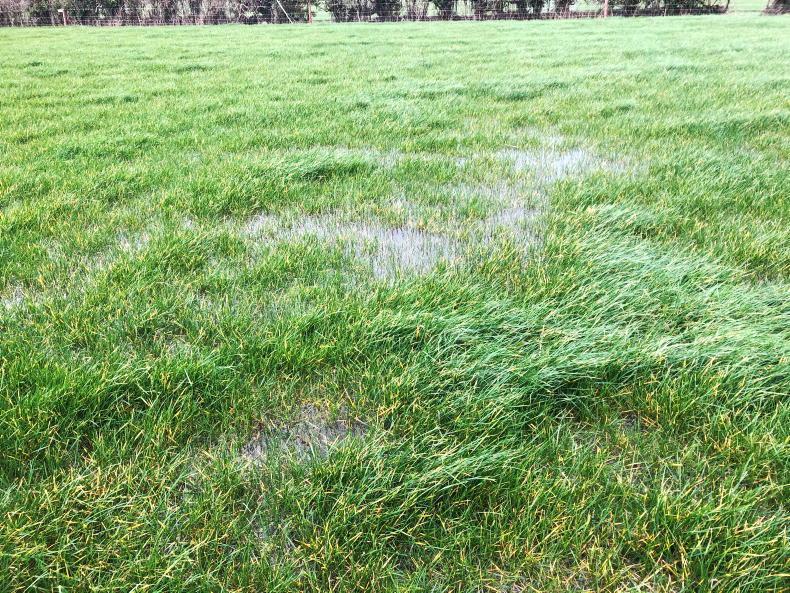Weather conditions over the last few day can best be described as terrible.
Very heavy rain over all of the country on Saturday night and all day Sunday crowned a week of bad weather, with storms Dudley and Eunice hammering the country on Tuesday and Thursday.
The result is cows are inside in sheds eating silage on farms that would otherwise be grazing. You can’t help but feel that we are now paying for all the fine weather during last Christmas and throughout January.
One thing that’s for sure is that we can’t change the weather, only live with it. The consequences of not being able to graze is more work for the farmer, more health risks for the cows, higher feed costs and lower milk yields.
Grassland management
Another impact is the effect on grassland management. Failure to achieve target areas for grazing in February will carry a price in terms of a delayed start to the second rotation and a potential grass shortage in early to mid-April.
However, that is not the end of the world and it is something that can be managed.
The reality is the best place for cows during very wet weather is in the shed. Farmers have invested in buildings so it makes sense to use them when conditions are bad.
Getting back to grass
The key thing is to try and get back out to grass when conditions do improve and this will be very much farm-specific.
It will definitely involve grazing low covers on the driest parts of the farm, using on-off grazing and being innovative around strip wires.
Turning cows out to grass any day this week will be just a pipe dream for those on heavier soils or with a lot of low-lying land that is submerged in water.
In such situation, prepare to be milking from the shed for the next while.
Focus on feeding the best-quality silage available and perhaps increase concentrate feeding rates to 4kg or 5kg per day depending on silage quality and herd type.






 This is a subscriber-only article
This is a subscriber-only article










SHARING OPTIONS: